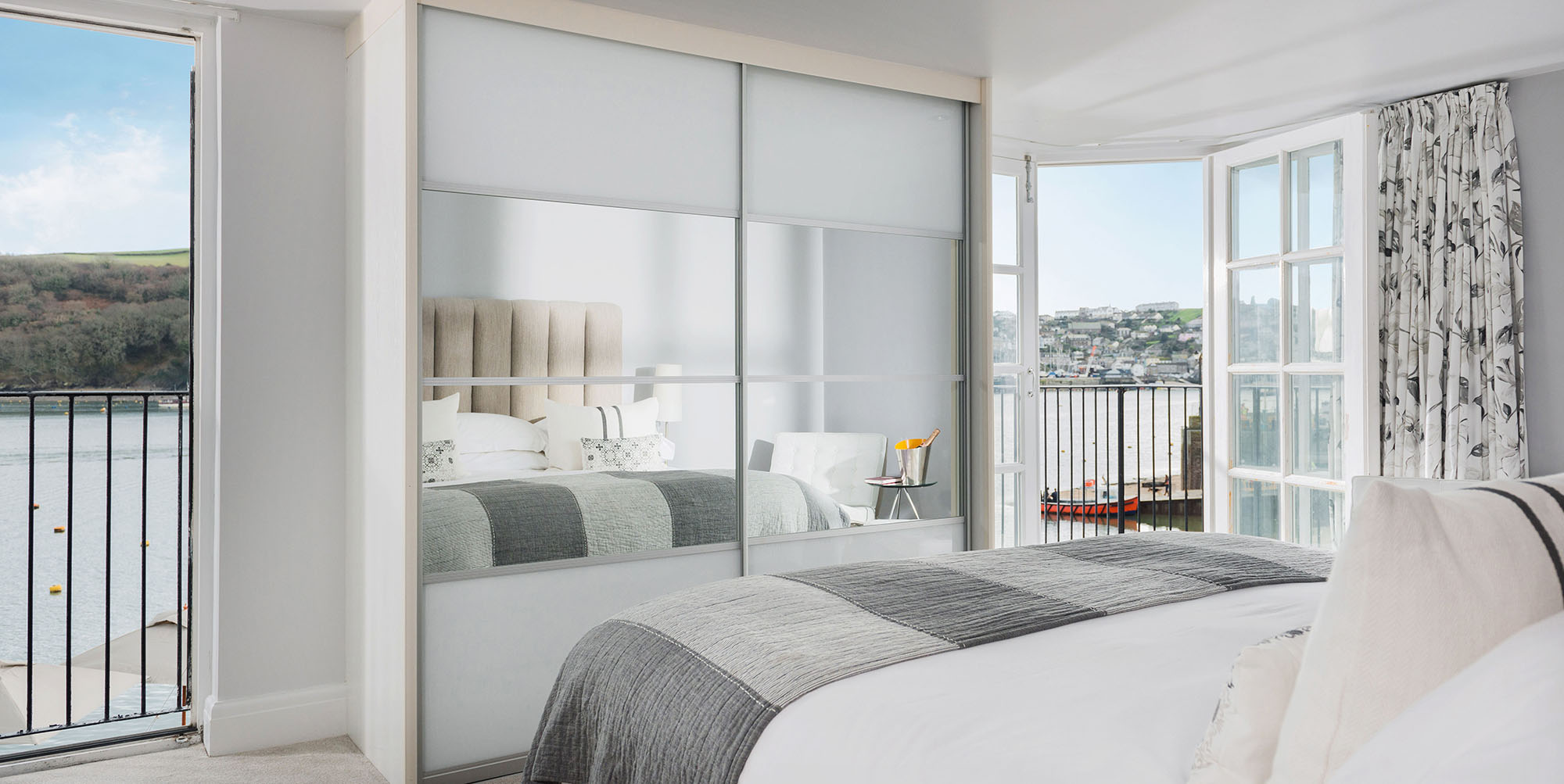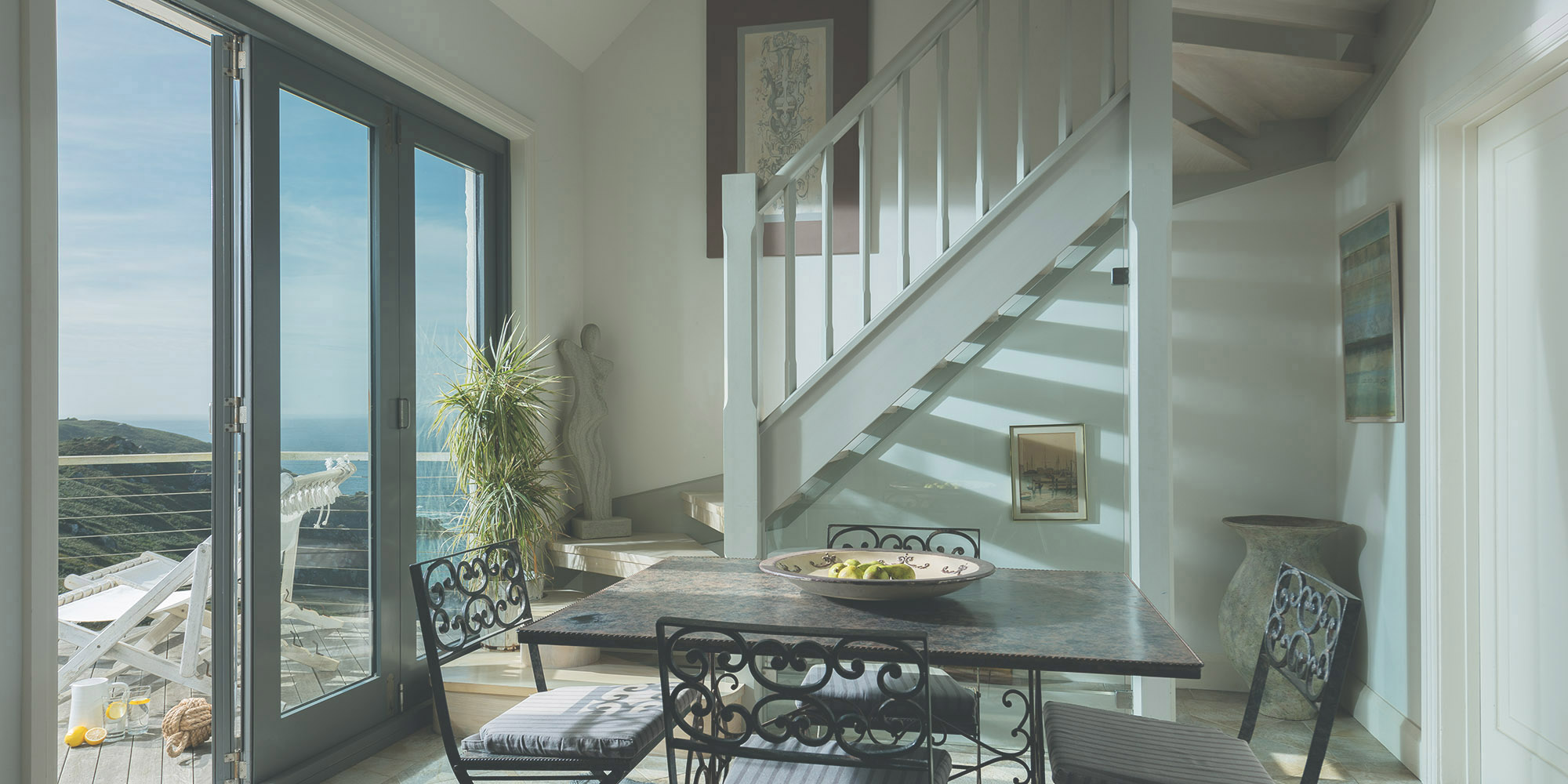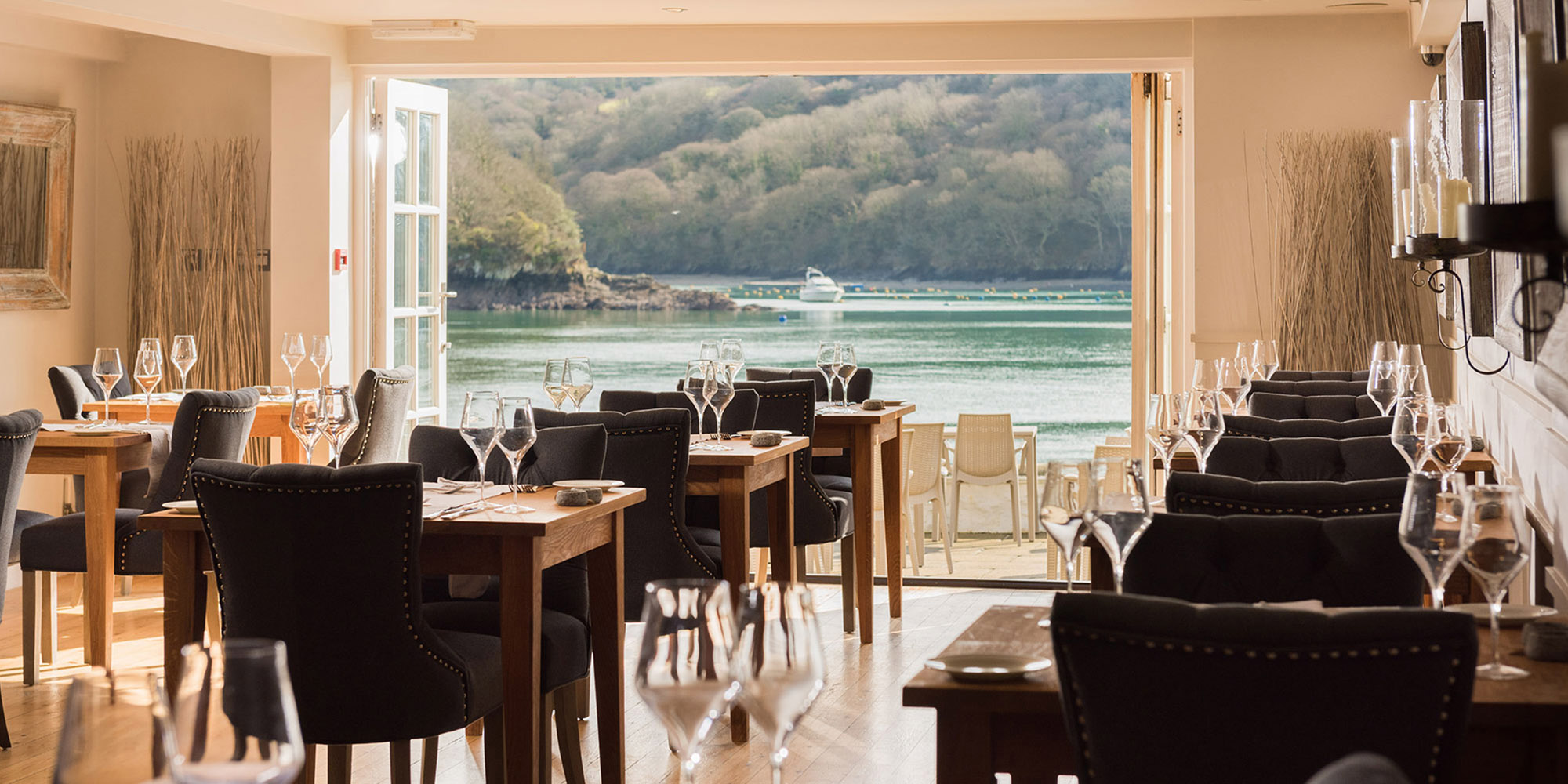Good interiors photography is a must-have for hotels and self-catering properties.
It’s a hugely competitive market, and when you’re asking customers to part with hundreds – or in some cases, thousands – of their hard-earned pounds to book your property, photography can give you the edge.
Photographer James Ram, director at Chetwode Ram Associates, believes there is never an excuse for a bad interior shot. He said: “Every space can come to life with the right light and styling.”
Great photography is also instrumental to getting your property featured in the press. Sally Mitchenall, travel picture editor for The Times, selects accompanying images for features such as Tom Chesshyre’s Cool Hotel Guide review.
Sally said: “We look for a really good selection of high res images to illustrate our articles. I come across properties that don’t have photography to match the standard of their hotel and it can make the difference between making the page or not.”
Hiring a professional specialising in interiors photography is a great investment, and experience has shown that this will be rewarded with a positive impact on bookings.
It is important to create a bank of images to cater for different needs. Your website and brochure require shots aimed directly at your target audience, while the press look for more general images to appeal to a wider audience. We also recommend working with a stylist on the day to help the shoot run efficiently.
We spoke to James and Sally to hear their tips for getting the best results from an interiors shoot.

James believes it is vital to have a range of images for your website and other marketing material, combining wide-angle shots with details. He starts by shooting the room in its entirety.
James said: “Tell the story of the place with at least five main images, showing the layout of the interior.
“These offer a valuable first impression to potential customers, whether on your homepage or in print.”
James bolsters these with secondary detail shots, capturing more of the personality of the space.
Sally also requires a range of shots to illustrate a piece, she said: “We often run three to five images on the page so there needs to be a good variety, including the exterior, bedrooms, communal areas and anything else of interest.
“We like nice wide shots so you really get a feel for the room – no close ups of details or images with people in them.”

Realising the time constraints of a shoot is an important part of the planning process. James suggests to clients that they walk around the property prior to the shoot, interacting with the space.
James said: “Imagine setting up cameras, lights and styling the space. This will give you a realistic understanding of what can be achieved in a day”.
He gets a feel for how long each shot will take to set up, and then allows for photography time on top of this. He likes to achieve as much as possible in camera rather than in post-production.
James said: “Leaning too heavily on Photoshop always creates a bad feel for images and negatively impacts their chances of being printed. Picture editors will spot comped together or superimposed property photography a mile off… and then run a mile!”

A visit to the property beforehand also provides an opportunity to get a feel for the style and target audience. James recommends styling to suit the property as the best way to communicate the story to a focussed audience.
He said: “Choose props that will appeal to potential customers. What wine do they drink? What do they wear? What are their aspirations?
“Where appropriate, match accessories to the colour scheme and style of the interior. Neutrals work well to avoid distracting the eye.”
We also recommend using fresh produce wherever possible. James said: “Adding flowers, salads and fresh fruit to the images will help convey the connotations of good health and life to your potential customers through the imagery, which will really impact bookings.”
It is important to remember the details on the day of the shoot. Take care to check that bed linen is ironed, cutlery is polished, wires from lamps are hidden, and fingerprints are removed from mirrors, glasses and windows. Dress the property as much as possible beforehand to get the most from the photographer on the day.
When considering shots for press, the styling needs to be less personal. Sally advises against excessive use of props.
Sally said: “We don’t like overly set up tables, or placed items as this can personalise the room and we like the reader to be able to imagine themselves there.”
She also recommends investing in seasonal photography. Images are more likely to be featured when they demonstrate how the property or interior will look at the time of publication. The press often run articles with ideas for seasonal excursions such as ‘winter escapes’, an interiors image with a cosy fireplace or frosty window will be chosen over one that shows a summery blue sky.

James Ram reports numerous clients experiencing drastic improvements to online bookings from the day a new shoot goes live. One large luxury lettings company saw a 40% upturn in booking conversions following investment in new images for their holiday properties.
Linking Google Analytics to your online booking system is a great way to track the impact of adding new images to a company website.
All images are by James Ram of Chetwode Ram Associates.